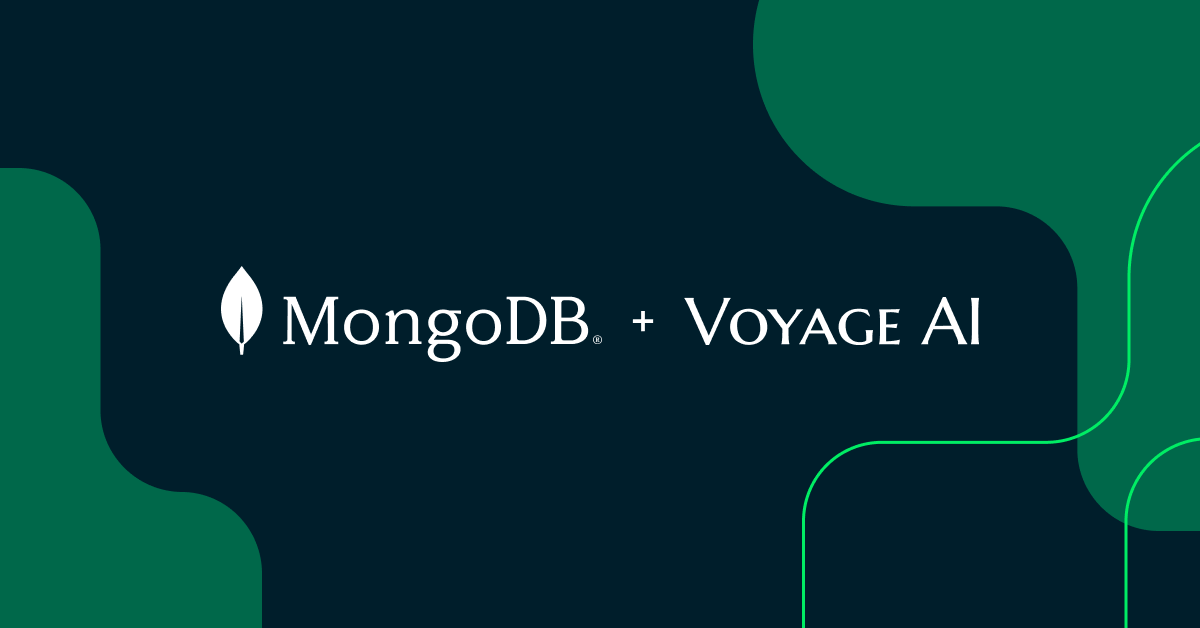MongoDB Blog
Driven by advancements in vehicle connectivity, autonomous systems, and electrification, the automotive and mobility industry is currently undergoing a significant transformation.
Vehicles today are sophisticated machines, computers on wheels, that generate massive amounts of data, driving demand for connected and electric vehicles. Automotive players are embracing artificial intelligence (AI), battery electrical vehicles (BEVs), and software-defined vehicles (SDVs) to maintain their competitive advantage.
The Challenge of Managing Connected Vehicle Fleets
However, managing fleets of connected vehicles can be a challenge. As cars become more sophisticated and integrated with internal and external systems, the volume of data they produce and receive increases significantly. This data needs to be stored, transferred, and consumed by various downstream applications to unlock new business opportunities.
A 2024 study conducted by Webfleet showed that 32% of fleet managers believe AI and machine learning will significantly impact fleet operations in the coming years. Optimizing route planning and improving driver safety are the two most commonly cited use cases.
Understanding Agentic AI
But what exactly are agents? In short, they are operational applications that aim to achieve goals by observing the world and acting upon it using the data and tools available. The term "agentic" denotes having agency, as AI agents can proactively take steps to achieve objectives without constant human oversight.
Agentic AI applications are dynamic and require the ability to create a chain of thought, use external tools, and maintain context across their entire workflow. MongoDB’s flexible document model is uniquely suited to handle both structured and unstructured data as vectors, allowing developers to innovate and iterate on agent designs efficiently.

Components of an AI Agent
Figure 1 shows the major components of an AI agent, which include tools, models, and different types of data necessary for its functioning. The agent utilizes tools to interact with the environment, employs various models for decision-making, and requires different types of data stored in MongoDB for optimal performance.
Why MongoDB for Agentic AI
By storing various data types in MongoDB's rich, nested documents, AI developers can create a comprehensive representation of an agent’s state and behavior. MongoDB Atlas offers scalability, flexibility, built-in vector search, time series collections, and real-time data processing, making it an ideal foundation for agentic AI architectures.
In early 2025, MongoDB acquired Voyage AI, a leader in embedding and reranking models. Voyage AI embedding models integrated into MongoDB Atlas streamline the development of agentic AI applications, reducing the time required for implementation.
Agentic AI in Action: Connected Fleet Incident Advisor
Figure 2 illustrates major use cases of agentic AI in the mobility and manufacturing sectors, showcasing the capabilities of AI agents across various tasks and workflows. The connected fleet incident advisor is an example of an AI application that leverages MongoDB Atlas, LangGraph, Open AI, and Voyage AI to diagnose vehicle issues and provide recommendations to drivers.

By leveraging MongoDB’s flexible data model and powerful Vector Search capabilities, agentic AI can transform fleet management through predictive maintenance and proactive decision-making.
To learn more about MongoDB’s role in the automotive industry and to explore AI applications, visit our GitHub repository and manufacturing and automotive webpage.



















